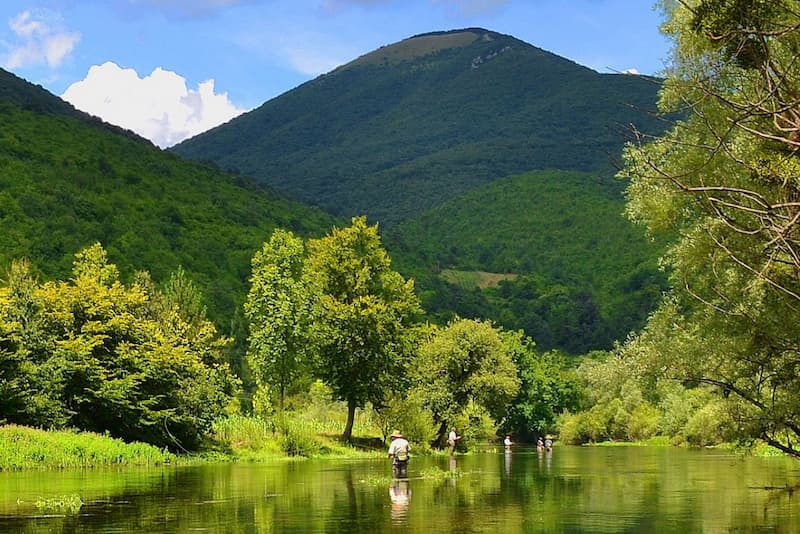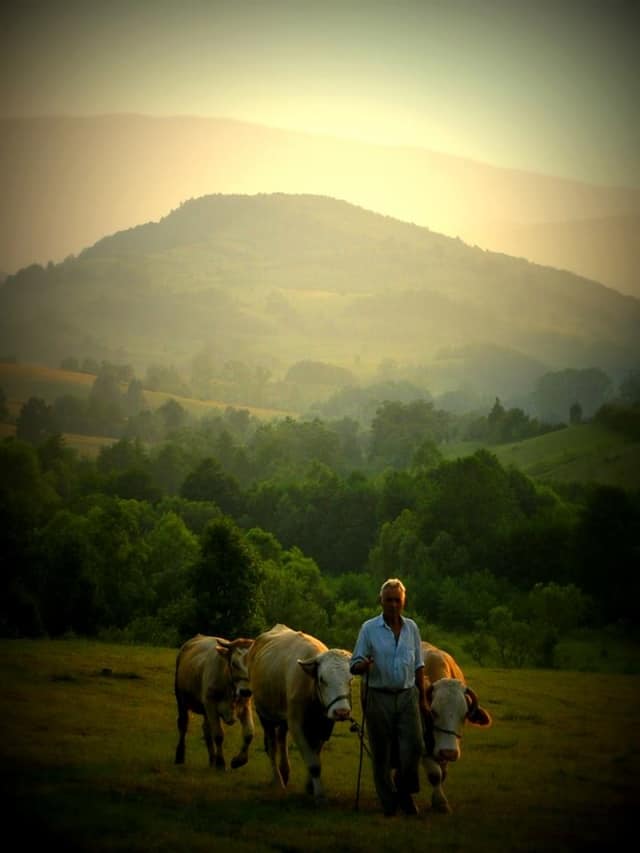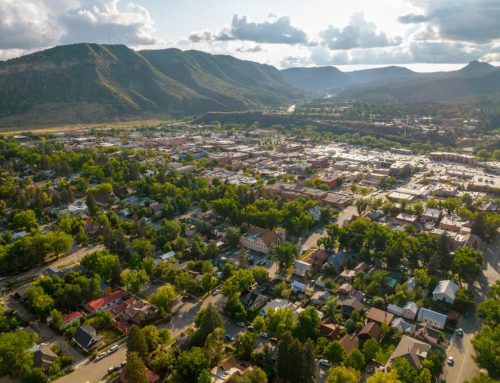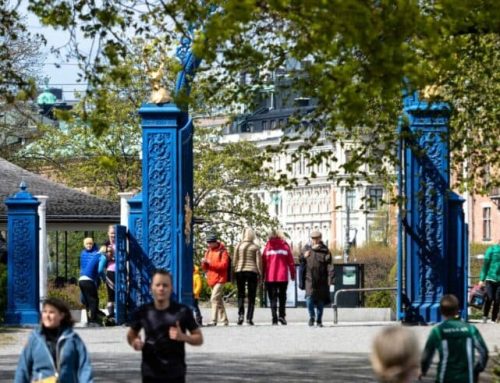Destination Stewardship Report – Winter 2022 (Volume 2, Issue 3)
This post is from the Destination Stewardship Report (Winter 2022, Volume 2, Issue 3), an e-quarterly publication that provides practical information and insights useful to anyone whose work or interests involve improving destination stewardship in a post-pandemic world.
Battle Over a Dam Spawns a New Green Destination in Bosnia

Every year, Green Destinations organizes the Top 100 Destination Sustainability Stories competition, which invites submissions from around the world – a vetted collection of stories spotlighting local and regional destinations that are making progress toward sustainable management of tourism and its impacts. This Top 100 entry, submitted in 2021 from Bosnia, shows how a catalytic citizen battle to save a river – even if only partially successful – can knit together a new, community-based sustainable destination: Dinardica.
Submitted by Emir Dervisevic, Sustainability Coordinator
Dinardica Creates Itself by Fighting for its River

The conservation of healthy ecosystems was a top priority for the region of Dinardica.
Located in western Bosnia and Herzegovina, the rural Dinardica region faced off in 2009 against a proposal for an externally funded hydropower plant to be built on its signature Sana River, which is extremely important for the biodiversity of a wide area of western Bosnia. A coalition of 20 citizens associations and hundreds of individuals actively opposed the construction of the dam. Dinardicans placed 230 hectares of land under official protection, including sources of the Sana River threatened by the dam – all during their first year at work. While assorted legal battles, campaigns, and protests failed to stop construction, they did succeed in moving the dam to a less harmful location.
The hydro campaign also succeeded in giving birth to a multi-stakeholder collaboration and a shared vision allied against domestic and international investors who sought to tear up local landscapes and ecosystems. In Dinardican eyes, preserving nature for the public and future generations was deemed far more important than exploiting natural resources for the short-term benefits of individuals.

A local farmer leads his cattle across a field.
Dinardica’s story shows that it is possible to form a destination’s identity around protecting natural resources and transform itself into a green tourism destination. This success came as a result of establishing a formal organizational structure for destination management and development, which included government institutions, NGOs, and private companies as stakeholders. From there, the partners designed and launched a series of concrete actions to strengthen the brand of the local destination and transform Dinardica into a green tourist destination. A plan was initiated to protect the most valuable natural habitats. They renovated an old, abandoned school building and transformed it into a Visitor Center. Currently in the works, the Visitor Center is working to support solar panels with the intention of demonstrating the renewable energy potential for private households and tourist facilities to adopt.
Driving these environmental actions is the destination’s ambition to have a good future for their community, while using renewable energy and providing younger generations the opportunity to live decent lives.
The story of Dinardica is an inspiring example for other rural destinations who might be fighting against forest exploitation, coal mines, power generation stations on rivers, or mass tourism. Although Dinardica is still in the early stages of tourism, they have achieved significant results of environmental conservation. To read more from this Green Destinations’ Top 100 story, click here.
About the Author
Volunteer contributors are welcome to the Destination Stewardship Report. Contact us with your proposals and ideas.




